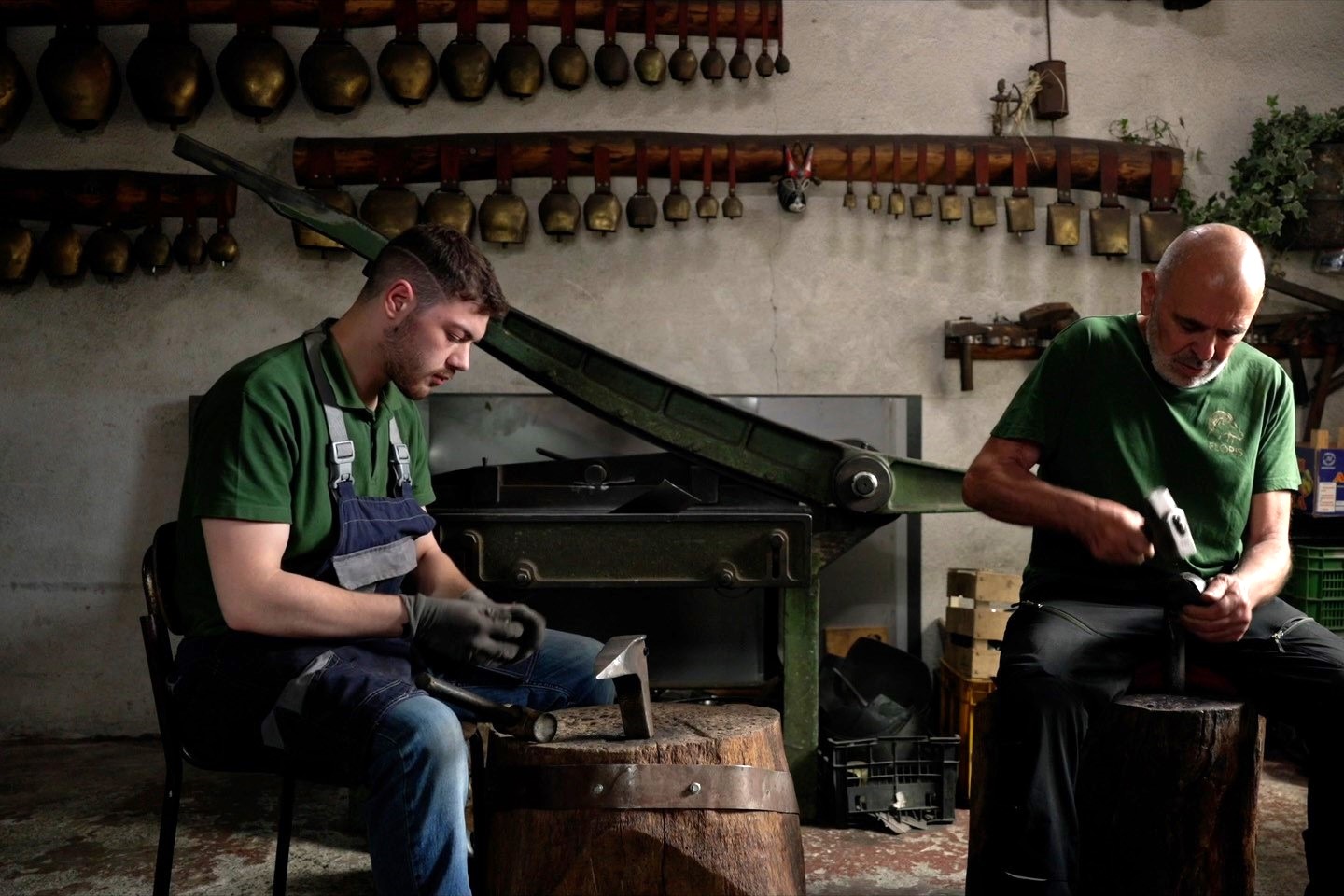Taking a passeggiata along Columbus street in San Francisco can turn into a unique opportunity: in fact, in the way it keeps the authentic charm from its origins, North Beach is not a neighborhood as the others.
This is mainly due to the architecture of houses and restaurants populating the area since the late 1800s. Both residential and business buildings have usually a common feature, still recognized as the key to their popularity: being Italian.
Over years, the Italian-American community has not only contributed in shaping the Bay Area with design and architecture, but also thanks to successful manufacturers and developers. This and much more has been discussed during an event at historic Club Fugazi, organized by the Italian Community Service and the Business Association Italy America (BAIA).
The second edition of the event explored the topic through the eyes of an historian, Alessandro Baccari; an architect, Luca Pignata; and an entrepreneur, Alessio De Francesca.
“Following the earthquake, six thousands homes were built by Italians for Italians to remain in San Francisco. Nowadays, Italians come to explore and with a desire of staying. What they bring is pride, excitement, and creativity.”
This is how Mr Baccari, North Beach historian and writer, a second-generation Tuscan/Molisano, started his journey through the history of Italians in the Bay Area.
Indeed, one of the most significant stories he told regarded Marino Nibbi, whose family moved to Chicago from Lucca. Then, Marino came to San Francisco by himself and started working in a company as a delivery guy.
“One day – Mr Baccari continues – he said “I want to work for the Giusti’s” [the main building contractor and developer in the Bay Area at that time e.d.]. He went there, learnt and grew. When the firm didn’t give him the promised vacation pay, Marino said “If I don’t get my vacation pay by Monday, I’m not coming to work.”
He never did but immediately reacted: he started over with some repair works and eventually launched a company which is now one of the biggest general contractors in the Bay Area”.
Another challenging perspective came from the other “soul” of the panel, Luca Pignata: “Since I came here, I was amazed by how the Italian design was creating a strong identity in the Bay Area”. Luca has been working for Backen, Gillam & Kroeger Architects since 2000 and he knows this world very well: “What interests me is how much Italian life affects the identity here. The role of architecture is to create a framework: it’s all about how you use the elements you have. That’s what these people appreciate the most about Italian architects and designers. It’s easy to talk and share ideas with them.”
Alessio De Francesca, who is Principal at CoorItalia, founded his company after a time working in the nonprofit world. At the beginning, he named it ‘Coordinamento Italia’ in order to show how he was adding value through his knowledge of Italian materials and manufacturers: after 17 years in the Bay Area, he proudly admitted that, as an Italian, it’s not tough to run a business here, as long as you know how to create a channel with your Italian partners.
What all the speakers believed has made, and still makes, a difference in the contribution Italians give to the Bay Area is creativity, which is an important part of their heritage: as Luca explained, “I constantly look back at my background to find ideas. My heritage helps a lot in developing all my projects, especially the wineries. When I first started, people could not understand how an Italian winery represents first of all a family tradition. I had to sit down and explain why making wine in Italy is a ‘family affair’ which recalls a tradition and implies a celebration. The bar itself becomes just a place where to store the wine.”
“Constructions in Italy are regional, which means it is hard for a community to adopt an architecture style from another area.”
According to Alessio, it is important that his clients understand how Italians are proud of their traditions and heritage: “We realized that, when coming back from Italy, we cannot only bring authentic materials but also stories to tell. Since we all grew up in Italy, what we see is familiar to us and part of our history.
American clients, instead, have to learn, explore. Working with precision and looking at details is part of the Italian experience, and we want to share it with them. That’s why for us it is crucial that clients go to Italy and see where and how the work is done. We can show it just on paper, but we prefer to see them walking on the factory floor before they ask us to provide that material”.
Three fascinating perspectives of how Italians design and think about architecture. A mixture of history, passion, and tradition, well explained in a few final words by Mr. Baccari: “When you deal with architecture and design, you need to be like an artist and understand how you can work with materials and how they will fit in the environment. I am so happy to see these guys offering ideas, this is the gift of Italianità: it’s like to say “We have it, but we want to share with Americans. We want to fit in and maybe our creativity will take us to the top”.






























